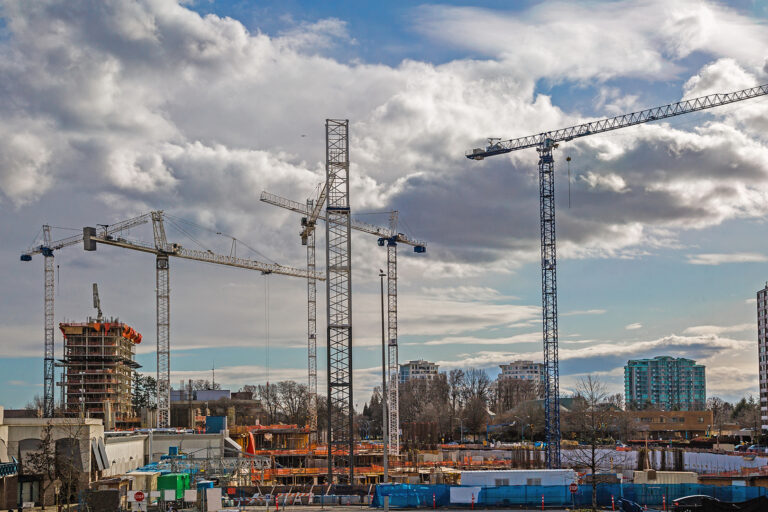EXECUTIVE SUMMARY
The province’s push for Transit-Oriented Areas (TOAs) or “urban planning with a sledgehammer” as I call it, continues to reshape policy in Metro Vancouver and the Fraser Valley. Municipalities are responding to the province’s timeline for taller, denser, transit-integrated communities with varying success. Some are proactive; others resist their legislated obligations.
Vancouver leads in policy implementation, with clear frameworks for CACs, DCLs, inclusionary zoning, and TOA integration. Yet, these policies are unlikely to spur development. Tower heights and wood-frame density are too low, and condominium homeownership opportunities are scarce. Our analysis suggests Vancouver must nearly double allowable density to unlock viable land assemblies.
Burnaby has made impressive strides, earning an A- in my book. A complete overhaul of its OCP and land-use policies, shifting from density to height-based zoning, promises more development opportunities. Streamlined application processes further encourage progress. However, high DCCs, ACCs, & inclusionary housing mandates temper enthusiasm. Without a resurgence in presale values, delivering high-density projects will remain challenging
– BEN WILLIAMS, Personal Real Estate Corporation & Executive Vice President
POLICY DEBRIEF
March 7, 2025 the province released its Comprehensive Guidance on Inclusionary Zoning and Bonus Density. This Best Practices Guide was created in collaboration with the province, municipal governments and representatives of the development community. Goal: That municipalities mirror this guide in the creation and implementation of their inclusionary zoning and bonus density policy so that transparency and clarity is created for the development community.

Download the FULL REPORT below to find our city by city GUIDE revealing which cities are leading the pack in developing and updating inclusionary policy, DCCs and ACCs.

